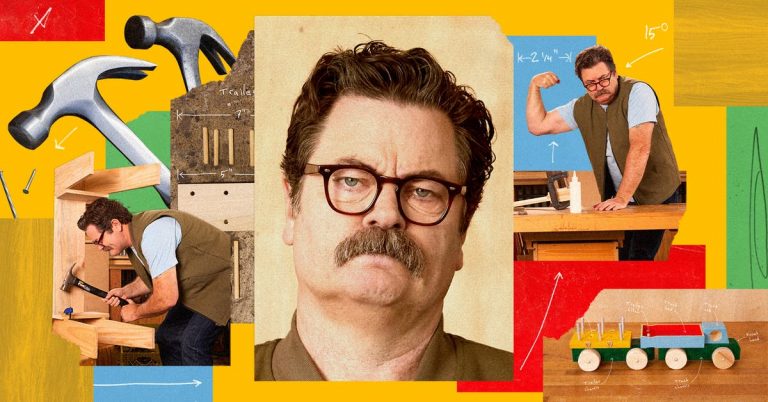We Pitted Swiffer vs. Bona in a Battle of the Spray Mops

Although the Swiffer PowerMop came out ahead of the Bona Spray Mop Air in my tests, you still might opt for the Bona mop over the Swiffer model if you’re more concerned about disposability, refillability, and lifetime cost.
One of the major gripes of Swiffer WetJet users is the inability to refill the cleaning-solution tank; this forces you to keep buying the company’s cleaning solution, which is packaged entirely in plastic containers. Unfortunately, the Swiffer PowerMop is no different, as the cleaning solution is sold in plastic bottles that aren’t refillable, since security tabs on the inside of the cap prevent you from opening and closing it. (There is a workaround, though, for intrepid reusers and DIY-cleaning-solution makers.)
In contrast, the Bona cleaning solution is less expensive (approximately 14 cents per ounce to the PowerMop solution’s 21 cents), concentrated, and sold in 1-ounce cardboard packs. You mix the concentrate directly in the tank with 31 ounces of water to make 32 ounces of cleaning solution. In theory, you can refill the cleaning-solution tank using the concentrate an infinite number of times. (And unlike Swiffer’s solution, Bona’s is EPA Safer Choice–certified, which means it meets criteria set by the EPA regarding human and environmental health.) You can also refill the Bona mop’s solution tank with the previous version of Bona’s solution, should you have some left over. Plus, the Bona mop’s tank is clear, so you can easily see when you need to refill.

Because the Swiffer PowerMop pads are single-use, you need to break out a fresh one every time you clean — and at approximately $1.72 per pad, the cost and waste quickly add up. Meanwhile, Bona’s pads are washable and reusable, though with enough time, they’ll eventually need to be replaced.
A workaround, if you already own the Swiffer PowerMop or WetJet but want to limit your single-use waste, is to purchase reusable microfiber pads, a recommendation from Wirecutter home improvement writer Liam McCabe, who found them in his mission to make his WetJet less wasteful. These pads are manufactured by various third-party companies, not Proctor & Gamble, but they clean similarly to the Bona mop pads. I’ve used these same reusable pads for at least five years, and I agree with Liam and a number of other colleagues that they’re “totally adequate,” especially when you take the waste and cost savings into account.
Swiffer’s PowerMop also periodically requires AA-battery replacement, which adds to its cost and environmental impact over time. Like anything else that isn’t strictly analog, the PowerMop runs the risk of malfunctioning or breaking faster than the Bona Spray Mop Air, which doesn’t use electricity in its spray mechanism and has no lights that might fail.
If you don’t mind doing some concentrated vacuuming or sweeping before you spray-mop, and if you prefer less waste and lifetime cost, you may like the Bona Spray Mop Air. I might reach for the Swiffer PowerMop more readily right now, but once I run out of pads and solution for it, I’ll be keeping the Bona Spray Mop Air for the long haul.






